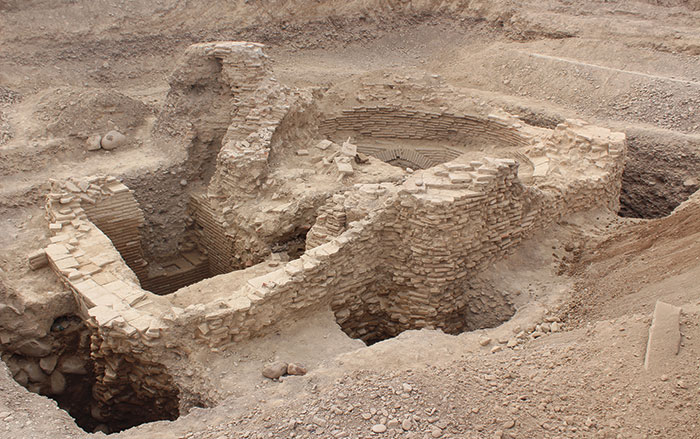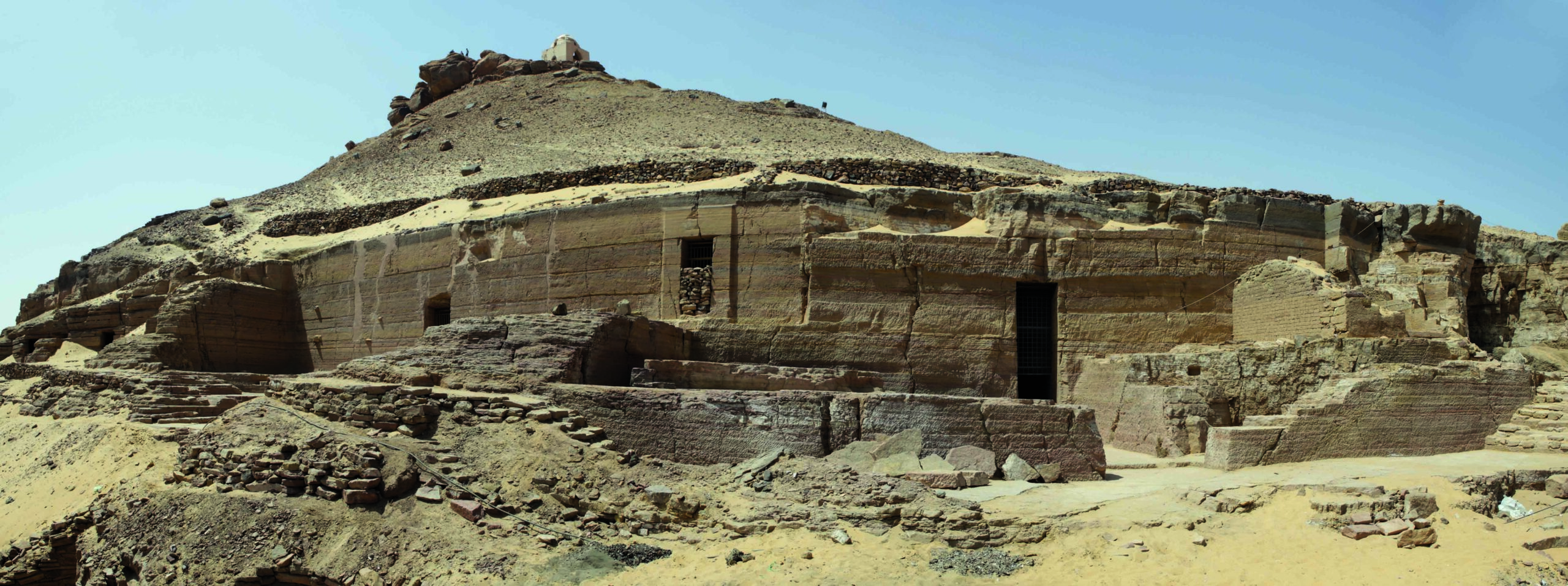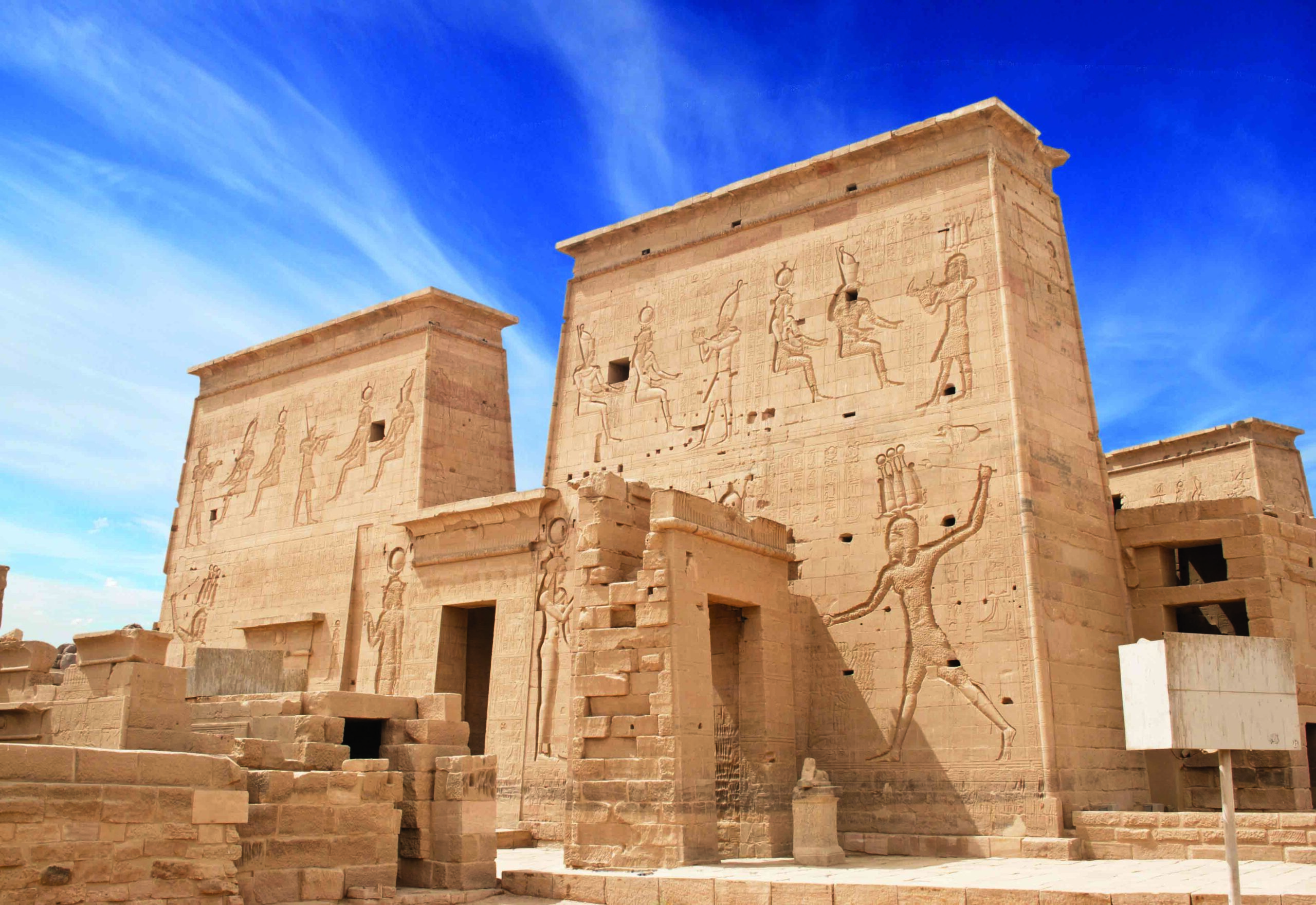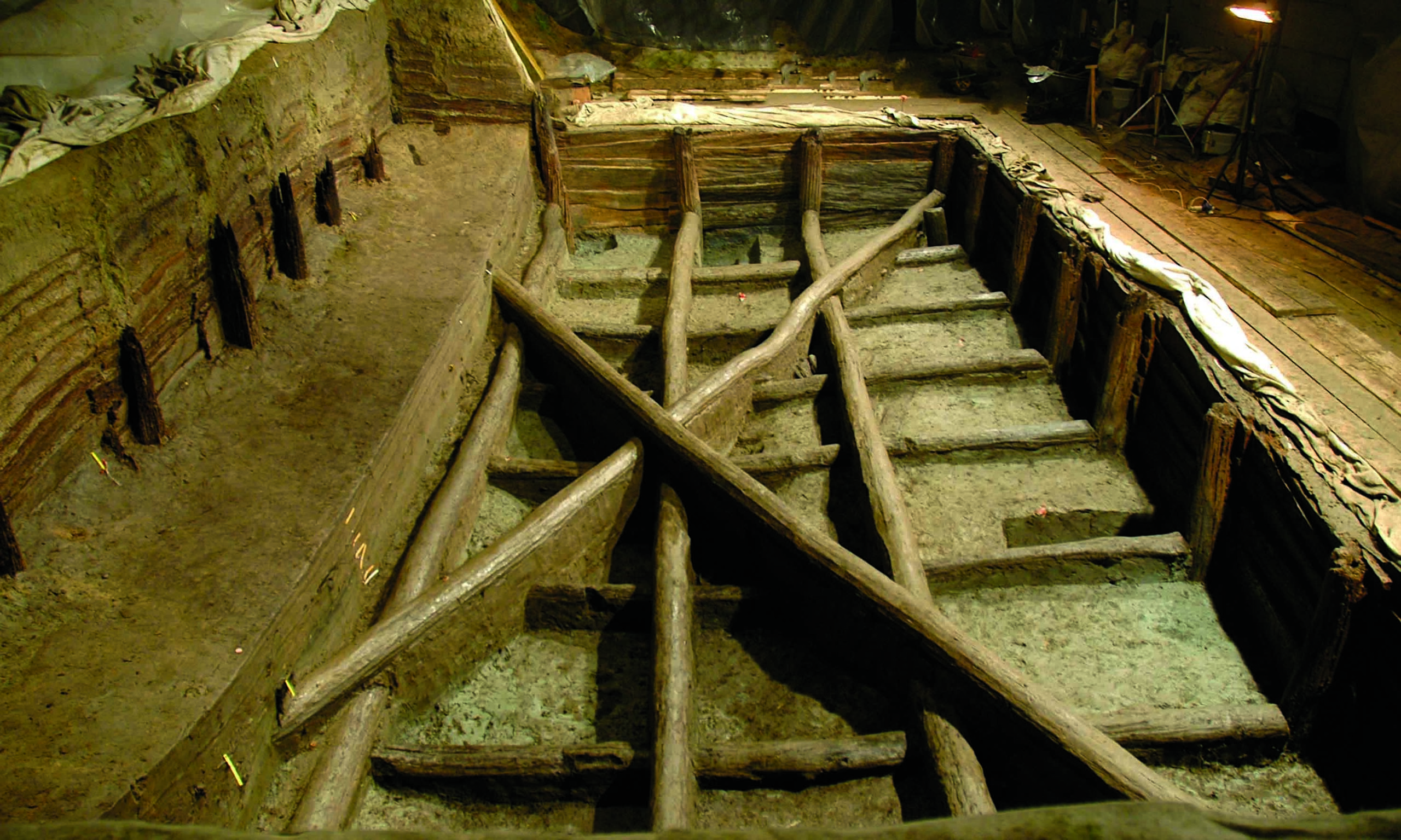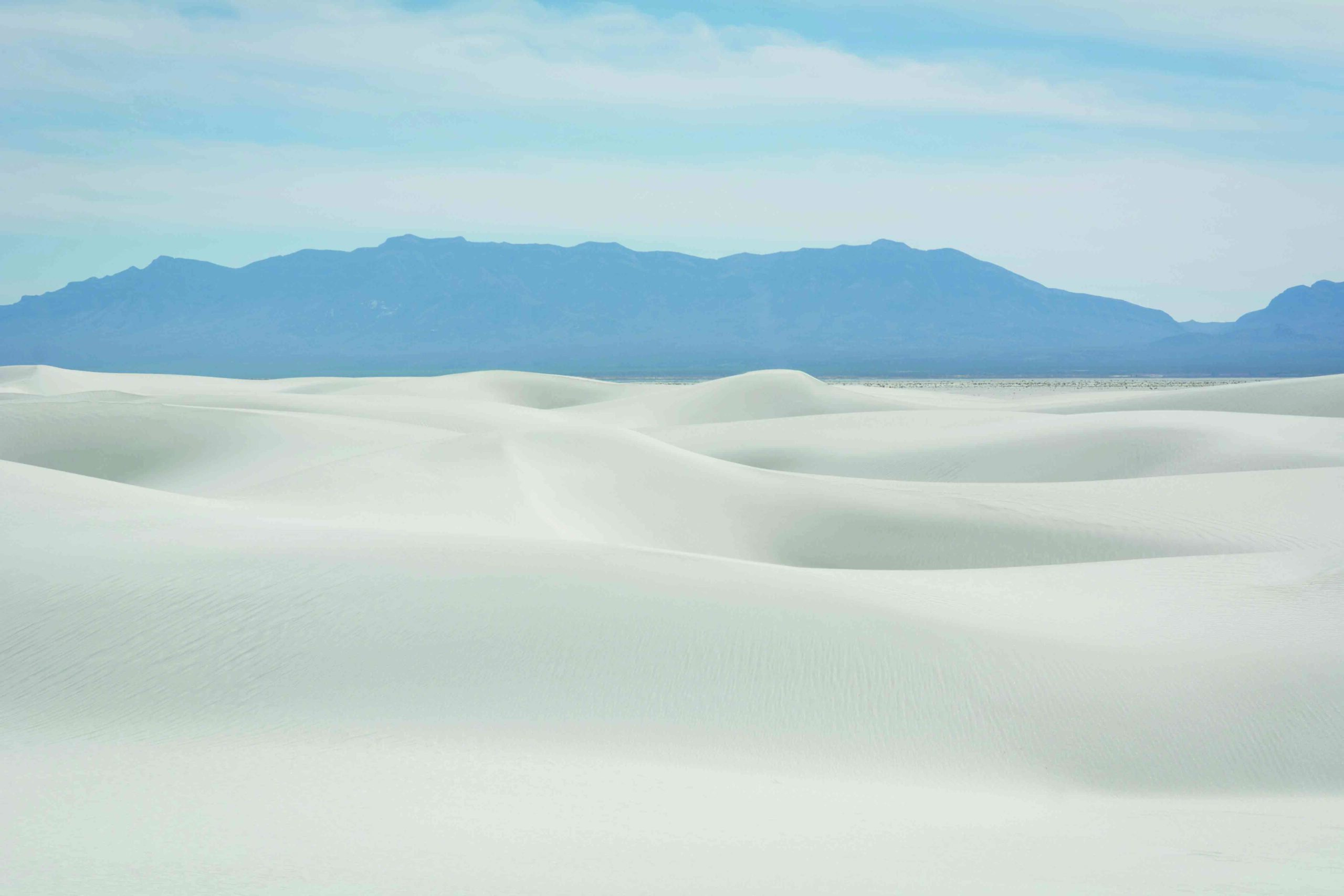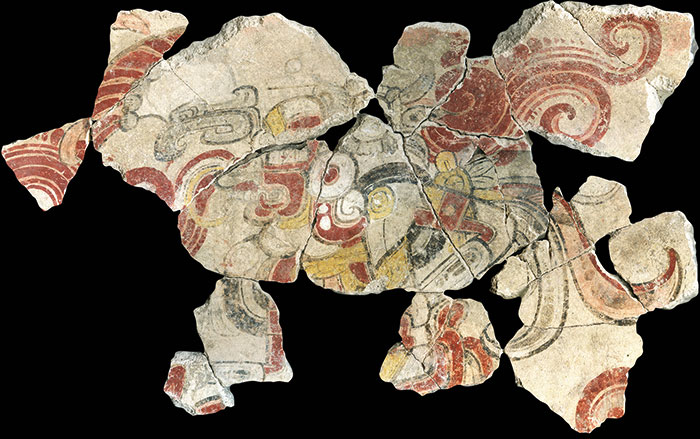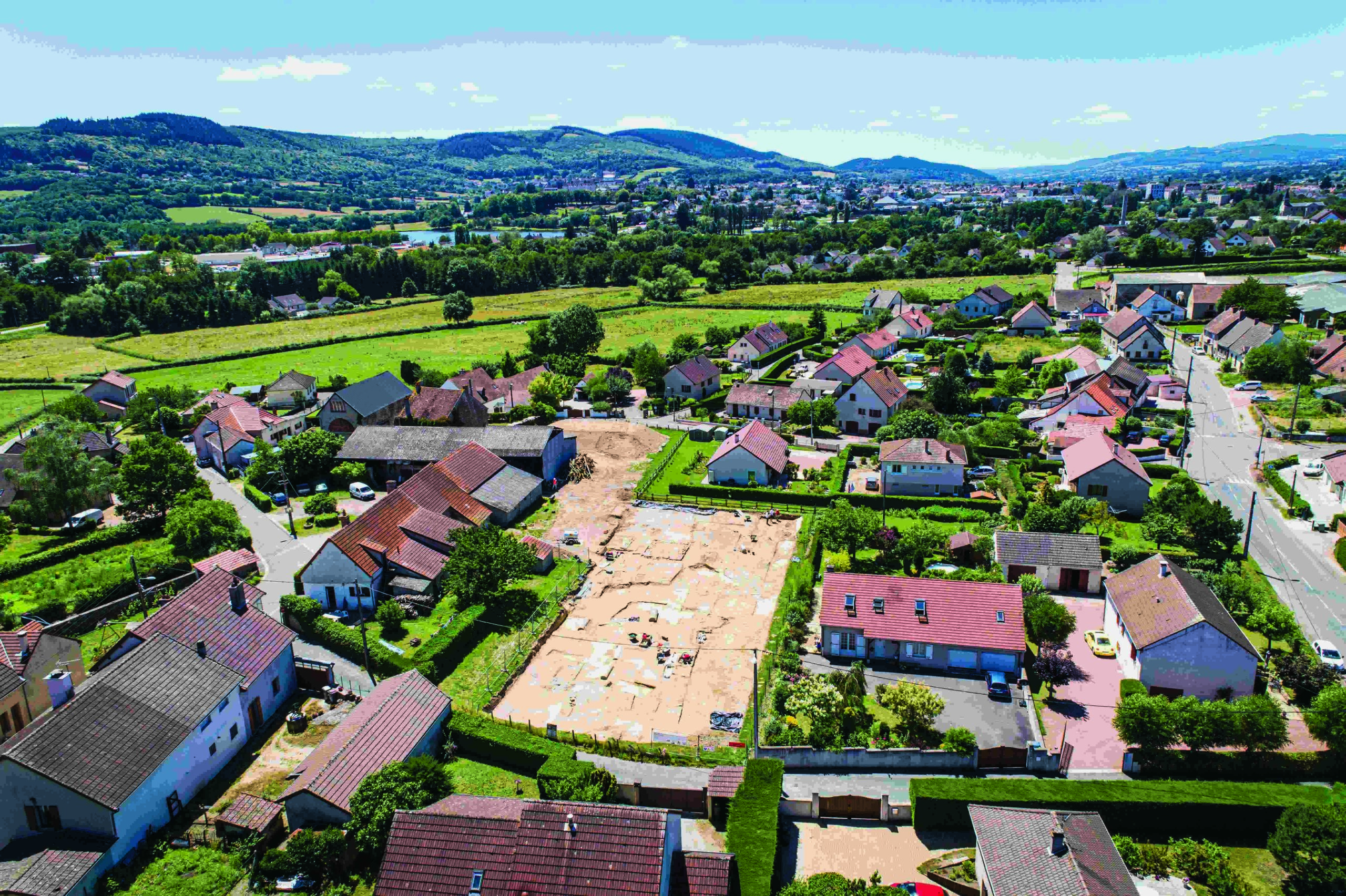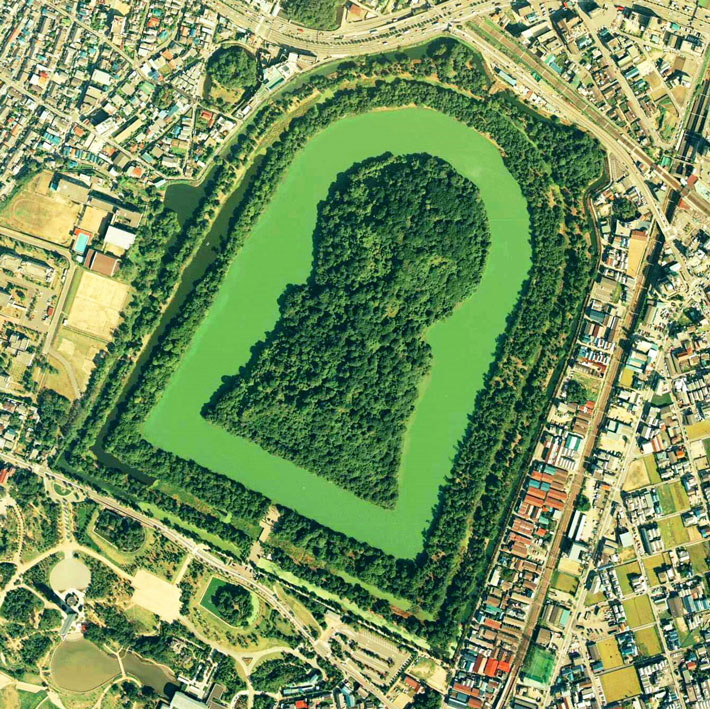
MILAN, ITALY—According to a statement released by the Polytechnic University of Milan, researchers Norma Baratta, Arianna Picotti, and Giulio Magli used high-resolution satellite imagery to analyze the position of more than 100 megalithic tombs constructed in Japan between the third and seventh centuries A.D. Many of these tombs, known as kofun, are keyhole-shaped. Larger tombs are thought to have been built for emperors, while smaller ones may have belonged to other members of royal families or court officers. The study suggests that the tombs are oriented toward the arc of the rising sun. In particular, the largest of the known tombs, the Daisen Kofun in Osaka Prefecture, is oriented toward the rising sun at the winter solstice, the researchers explained. This alignment of the tombs may be linked to the imperial tradition that considered Japan’s emperors to be descendants of Amaterasu, the sun goddess, they concluded. Read the original scholarly article about this research in Remote Sensing. To read about a recent DNA study of modern Japanese people, go to "Japan's Genetic History."


